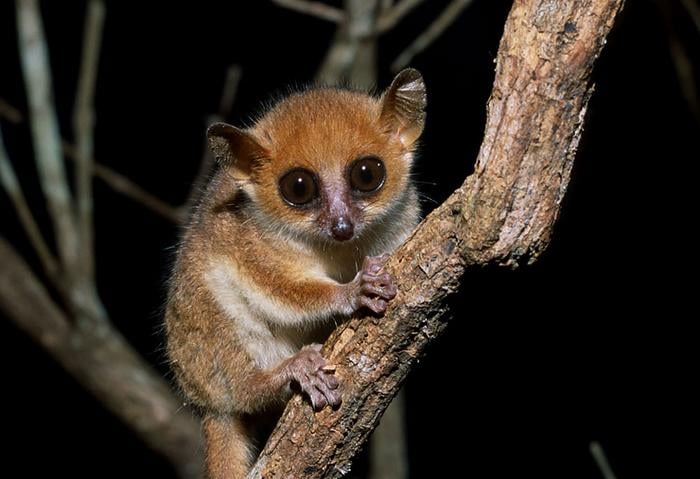An international report has identified the 25 most imperiled primate species on Earth, highlighting the urgent need for conservation action across four continents. The 12th biennial listing reveals devastating population losses and shrinking habitats that threaten to eliminate some of our closest evolutionary relatives within decades.
Critical Countdown: The Alarming State of Global Primate Conservation
The newly released “Primates in Peril: The World’s 25 Most Endangered Primates 2023-2025” report, compiled by the IUCN SSC Primate Specialist Group, International Primatological Society, and Re:wild, paints a sobering picture of the precarious situation facing primates worldwide.
The comprehensive assessment includes six species from Africa, four from Madagascar, nine from Asia, and six from the Neotropics (Central and South America). Indonesia and Madagascar both have four critically endangered species on the list, while China, Nigeria, and Vietnam have three each.
“The situation is dramatic. If we don’t act now, we will lose some of these species forever,” warns Christian Roos, geneticist at the German Primate Center. “But there is hope – if science, politics and society take action together.”
From Giant Apes to Tiny Lemurs: Diverse Species Face Common Threats
Among the most alarming cases is the Tapanuli orangutan (Pongo tapanuliensis) of Sumatra, identified as the most endangered great ape species with fewer than 800 individuals remaining in the wild. The species was only scientifically described in 2017 and already faces imminent extinction due to habitat fragmentation and development projects.
At the opposite size extreme, Madame Berthe’s mouse lemur (Microcebus berthae) of Madagascar – weighing just 30 grams as the world’s smallest primate – has experienced catastrophic population collapse. Recent surveys have failed to find the species in many previously occupied areas.
“This species has also disappeared from most of the remaining intact forests, which points to frightening consequences for possible conservation measures,” explains Peter Kappeler, who heads the field station in Madagascar’s Forêt de Kirindy. “This could be the first primate we lose forever in the 21st century, as there are no captive populations either.”
Major Threats Driving Primate Extinctions
The report identifies four primary factors pushing these primates toward extinction:
- Habitat destruction and fragmentation due to agriculture, logging, and development
- Hunting for bushmeat and traditional medicine
- Climate change impacts on specialized habitats
- Illegal wildlife trafficking for pets and entertainment
What makes these extinctions particularly concerning? For many species, their ecological roles cannot be filled by other animals. As Roos notes, “Every primate species that we lose not only means an irreparable loss for nature, but also for us humans. Because primates are not only fascinating animals – they are also key species of our ecosystems.”
Conservation Success Stories Provide Hope
Despite the grim outlook, the report highlights several conservation initiatives showing promising results. In Peru, the Peruvian Yellow-tailed Woolly Monkey (Lagothrix flavicauda), rediscovered 50 years ago after being thought extinct, has benefited from targeted protection measures.
For the Cat Ba Langur (Trachypithecus poliocephalus) of Vietnam, intensive conservation efforts have helped the population grow from a low point of about 40 individuals in 2003 to over 90 in mid-2024.
Recommended Conservation Strategies
The report outlines several crucial conservation approaches:
Protected area expansion is vital, particularly in regions with high primate diversity but limited conservation infrastructure. Equally important is the meaningful involvement of indigenous communities and local populations, who often serve as the most effective stewards of primate habitats.
Policy reforms targeting illegal wildlife trafficking and deforestation, coupled with sustainable funding mechanisms for long-term conservation programs, round out the recommended strategies.
The biennial listing, announced at the International Primatological Society meeting, serves a critical purpose beyond scientific documentation. By spotlighting these endangered species, researchers aim to mobilize public support and funding for research and practical conservation measures before it’s too late.
As habitats continue to shrink and threats multiply, the race to save these remarkable primates grows more urgent. The coming years will determine whether humanity can preserve its closest relatives or lose them forever to extinction – a preventable tragedy with far-reaching consequences for global biodiversity.
Discover more from Wild Science
Subscribe to get the latest posts sent to your email.

